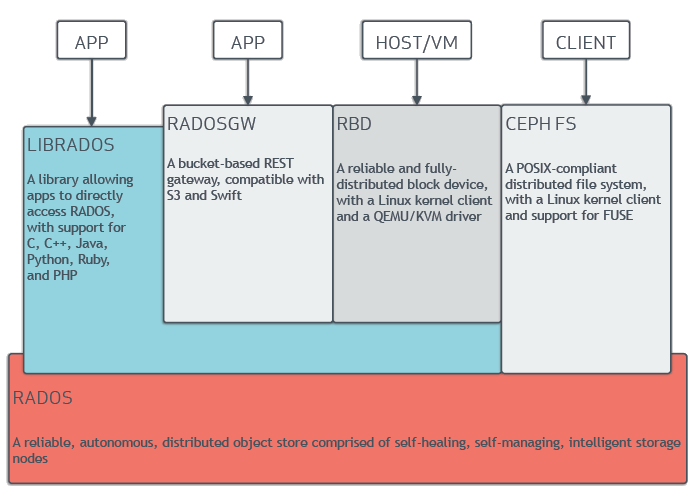Easier Iteration with Generator
In Python, we can make a container type iterable by implement __iter__ method.
For example, if we want to provide all value in a range [lo, hi) …
1 | class TwoTillSix: |
With the help of this generator function, we don’t need a separate iterator type. Just keep the state during iteration directly in some local variable.
In this post, let’s see how we can do this in C++, with the help of std::generator<T>.
A shorter version of this post can be found in Gist and Compiler Explorer.
Coroutine and Concurrent Programming
What happens in the example above is that Python interpreter binds the execution state of that function to a generator object. Every time we want a value from that generator, the execution resumes until the function yields the next value (or returns).
This is doable because Python provide a builtin support for coroutine, an interruptible/resumable function, so the control flow can interleave between callee and caller functions. And that’s the primitive building block of concurrent programming.
1 | values = TwoTillSix() |
As we can see here, the generator makes it possible that some values are evaluated lazily, and we can even stop the evaluation any time when we lost the interest. All of this is possible because the support of coroutine.
C++ Coroutine and std::generator
Fortunately, C++ has language level support for coroutine since C++20.
When compiler see a function using new keywords co_await / co_yield and co_return,
it will generate corresponding code to provide the ability of partial execution, and the storage
of state for that function when it’s interrupted.
Also, starting from C++23, std::generator is included in standard library. As the
coroutine (promise-)type that capture the common usage of… yes, generator!!
(Actually I’m surprised that there is no any high-level coroutine type in standard library
when coroutine is accepted as a language feature when C++20 is finalized.)
1 | std::generator<int> fibonacci() { |
When fibonacci is called here, an interruptible function is created, and wrapped in the
std::generator return value. Every time we take next value out in the for-loop, the function
resumes and yield next value (and is interrupted again).
So now we have the ability to interleave control flow, just like the example in Python earlier!!
But… that’s a free function, usually what we encounter is a container class.
A class must has begin/end method, and corresponding increment/dereference operator on
the returned iterator type, in order to be iterable.
(It’s modeled as named requirements Container in standard.)
If a class need another method call to be iterated on, it just looks… not like C++.
1 | struct Factorial { // a virtual container for factorial series |
So… can we keep the implementation simple (using std::generator coroutine type),
while keeping the container being iterated in usual way?
CRTP: Curiously Recurring Template Pattern
Now our goal become clear:
How can we make a class be used as before, if the class only provides a method that return a
std::generator?”
That’s the place where we adopt CRTP to solve problem.
1 | /// @brief HasGenerator identifies the customization point of CRTP base AutoContainer. |
AutoContainer can inherited by any class that want the all the implementation for iteration.
The base class here provides an iterator type to capture the generator, and forwards the
increment/dereference operation to it. With this iterator type, the remain
effort is on the begin method, just construct the iterator from self.generate().
Here self is typed by deducing-this so generate() can be provided later by child class.
And that’s the place where the base class connects to it’s child.
Also at the begin method, we add concept constrain HasGenerator.
This way we can avoid error waterfall when using templated library.
And the interesting thing here is: “The thing to be templated so that we achieve CRTP,
is the templated begin method, not the AutoContainer class itself.
If there are two child class both inherit from AuthContainer<int>,
only one AuthContainer type is instantiated, but two different begin are instantiated.
(See also: Curiously Recurring Template Pattern - cppreference.com)
1 | int main() { |
Now we can use the AutoContainer by inherit it in any child class.
In the example above, Factorial inherit from AutoContainer<int> (since it generates integers).
All we need to do is implement the generate method. Being a coroutine, the logic is clean.
Now everything works and looks nice!! :D
To make this class recognized as a std::ranges::input_range, that is, to make this class
works with <ranges> library, the base AutoContainer actually need more stuffs, like
value_type/difference_type on it’s iterator, support of post-increment operator, and so on…
But that’s probably too much in a tutorial, so let’s stop here.
More Standard Library Support, Maybe?
We describe the minimal concept about coroutine, one important application of coroutine as
Generator (std::generator), and how to use it in a beautiful way.
But there is another important application of coroutine: Promise (with Event Loop).
JS developers already get used to the Promise type (or maybe the async/await keyword).
Python also support this kind of usage since Python 3.5.
But unfortunately, there is still no such thing in C++ standard library, even if the coroutine
is standardized in C++20.
The good news is that there is already a proposal P2300 and a reference implementation NVIDIA/stdexec.
(They don’t use the term Promise, probably because promise_type already have other meaning
in the context of C++ coroutine)
Hope we can see more usage about these in the future.


